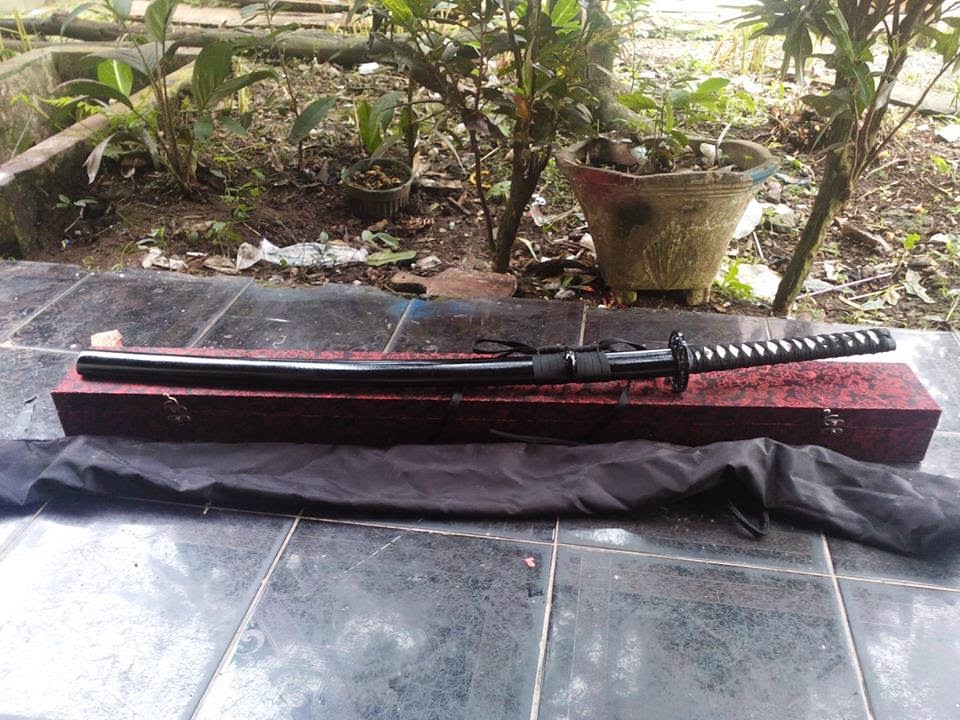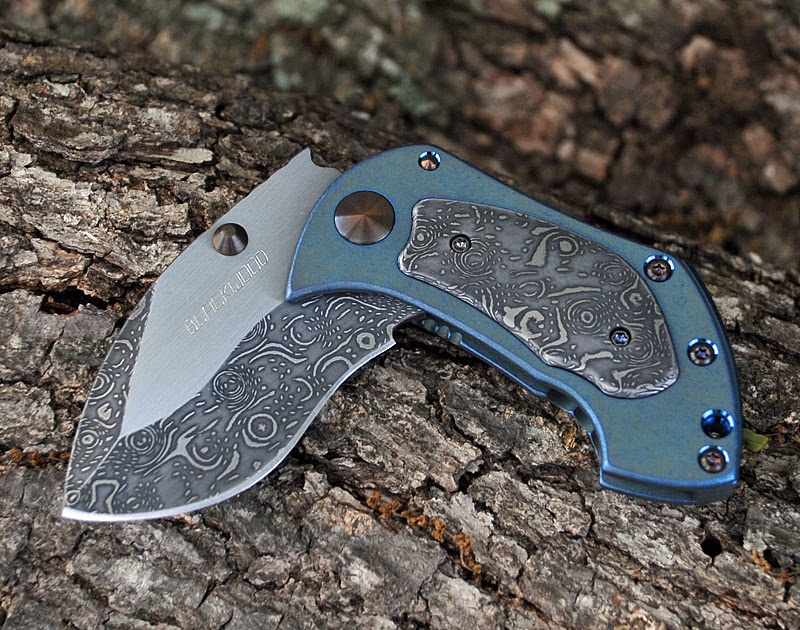
It requires a similar process to the ladder pattern, but instead of turning smaller billets large, it starts with a square shape. Spiderweb DamascusĪs the name suggests, this Damascus pattern has the appearance of a spiderweb. This pattern shows unified lines with a tooth-like shape at one end, similar to a shark tooth. It starts the same as the feathered pattern, but instead of cutting it in half to get the straight line, it is cut into multiple pieces and forge-welded again. This one is essentially a mix between the feathered and ladder pattern. This pattern is also easy to accomplish as it requires only basic knifemaking equipment. Like its name, raindrop Damascus shows mosaic-like raindrop patterns, with some areas more pronounced than others. Since there is only so much space to press without making it like any other, the blacksmith cuts the excess. This time, however, during forge-welding, the press is applied to concentrated areas. It doesn’t require a second round of forge-welding, but pressing is essential. The process for making raindrop Damascus is comparable to the ladder pattern. This technique creates similar lines coming after another in a ladder-like formation. The blacksmith first forge-welds about fifteen half an inch thick billets by pressing then, this is cut into five one-inch billets after cooled and forge-welded again. The more it’s done, the tighter the pattern becomes. Ladder DamascusĪnother straightforward pattern, ladder Damascus, requires forge-welding multiple small steel billets and cutting the unified block into bigger billets. The rest are curved, small lines coming out from the straight line, resembling a feather-like appearance. This last step is done to create a straight line running across the blade.


About ten to fifteen small steel blocks are continuously hammered or pressed and cooled.Īfter forming a single steel block, the cooled steel is cut in half and forge-welded once again. Feathered DamascusĪ popular pattern, the feathered Damascus pattern demands multi-step produce to forge. Even intermediate blacksmiths getting started with Damascus patterns can do it.Ĭable Damascus pattern displays curly lines running across the blade, and each twist in the steel cables makes them more apparent. That’s why the cable Damascus pattern is one of the easiest to make. As long as it is forge-welded, how it’s done doesn’t matter. The blacksmith brings these short cuts of steel cables with standard welding tools and forge-welds them.įorge-welding these steel cables is done by either hammering or pressing. Perhaps the simplest pattern to make, cable Damascus requires sturdy steel cables. Here is what these Damascus patterns demand from the blacksmith, from bringing steels together to hammering, twisting, cutting, and more. Here are some of the well-known Damascus patterns.Įach of the patterns listed above requires different forge-welding methods. While every pattern-welded Damascus steel blade isn’t the same, most follow a similar pattern. Now that we’ve gone over pattern-welding, we can take a look at the different Damascus patterns and how they are made. Acid etching as the final part exposes the patterns by dipping the blade in ferric chloride – more on that below. However, the patterns don’t just appear out of nowhere once the steel is cool. The Damascus patterns change as a result of different techniques of pattern welding. It can be forge-welded by hammering, twisting, pressing, and repeatedly doing these after one another. This forging method is now pretty much exclusively employed for making Damascus steel.Īlthough the process of pattern welding is simple, how different steel comes together to form a single steel block is up to the blacksmith. Forge-welding ultimately delivered a balanced knife by utilizing opposite steels that otherwise give a single attribute.īlacksmiths today don’t need to utilize pattern welding to have a high-quality blade, as metallurgy has improved drastically. In history, forge-welding was mainly done to produce a high-quality blade using both tough and hard steel. The steel made through this process is referred to as forge-welded steel.

Pattern welding is the process of mixing different steels by forging. Understanding this forging technique helps us better comprehend how the patterns appear. carbon steelīefore we get to different Damascus patterns, we first need to cover pattern welding. These are also apparent in Damascus steel, but no other steel has patterns running on the entire surface. Regular mono steel usually has a shiny look, with some high carbon steel blades turning into a beautiful patina over time. The patterns are what make Damascus steel different from others. Request a Quote What is a Damascus pattern?


 0 kommentar(er)
0 kommentar(er)
